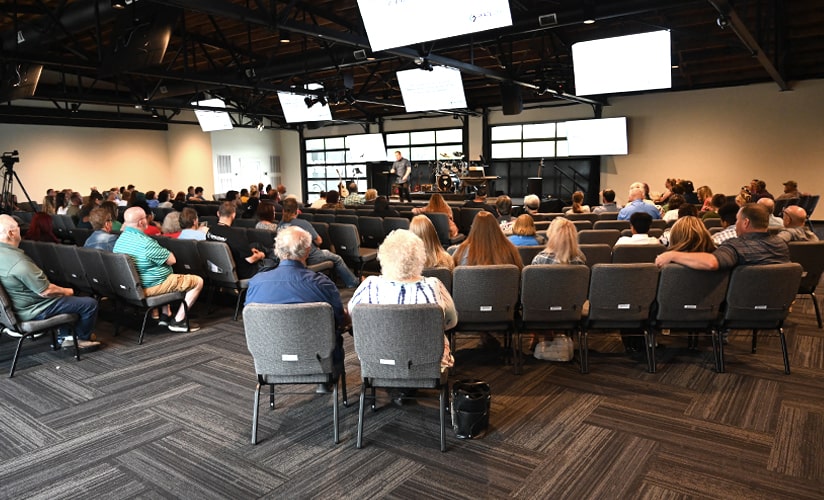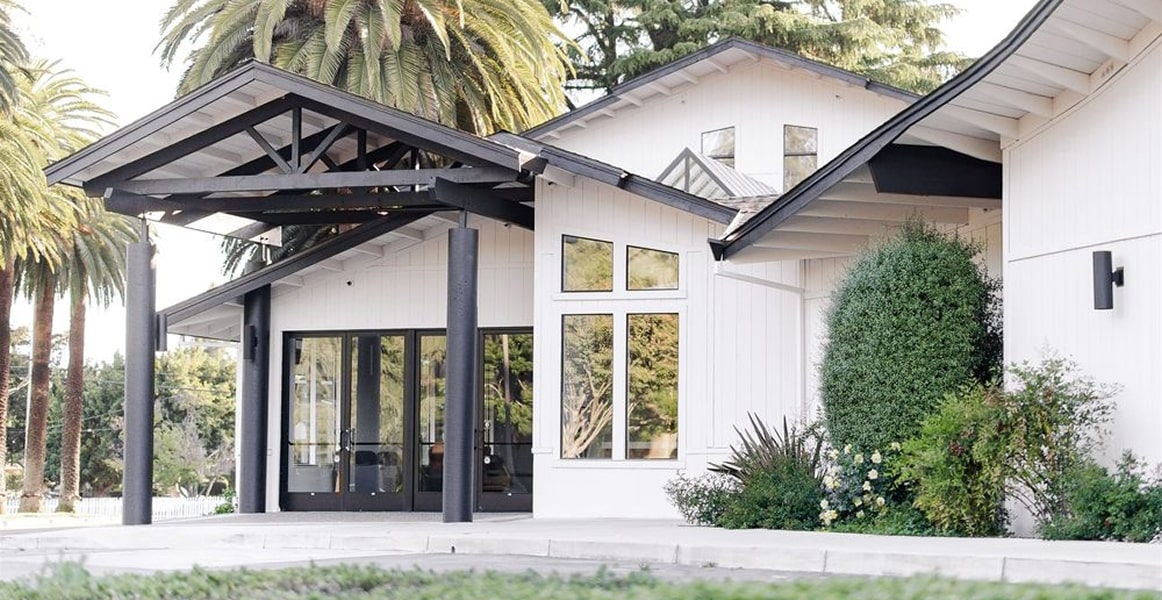In today’s digital age, social media has become a powerful tool for churches to reach out and connect with their communities. Thanks to social media, churches can effectively engage with both current members and potential newcomers in meaningful ways, in the very moments when people are on their phones or going about their everyday lives.
With social media, your church can share inspirational messages, community events, service opportunities, announcements, and celebrations on your social media channels. Your church’s social media profiles, chat groups, and videos can create a tight-knit online community. People can turn to each other for support, invite new friends, and help build your church in a natural way.
Which Platform? Best Social Media for Churches
The most popular social media platforms for churches are Facebook, Instagram, and Twitter. YouTube is also a good choice. Churches often use two or more of these, since the platforms appeal to different age groups (for instance, Instagram is favored by younger people, although many others use it as well). In addition, each of these social media platforms offers unique ways to engage and connect with followers.

Facebook for Churches
Facebook is a great platform for churches to share sermons, events, and inspirational messages with a wide audience. By creating a dedicated page and posting regularly, churches can reach out to new members and keep current ones informed and engaged.
Facebook provides a space for longer-form content such as event announcements, inspirational messages, and live streaming of services. It allows for easy sharing and interaction within the church community. Plus, a big bonus of Facebook is Messenger, which can be used to communicate with small groups
Instagram for Churches
Instagram, on the other hand, is visually driven and perfect for sharing snapshots of church events, quotes, and behind-the-scenes glimpses.
Instagram, with its visually appealing format, is perfect for sharing photos and short videos of church events, volunteer activities, and community outreach efforts. It’s a great way to showcase the vibrant life of the church and attract younger audiences who are active on the platform.
Twitter for Churches
Twitter, known for its fast-paced nature, is ideal for sharing informational updates (such as a change of location for a church picnic due to a rainstorm), Bible verses, and engaging in real-time conversations with followers. By using trending hashtags and participating in relevant discussions, churches can increase their visibility and reach a broader audience. Short and concise, Twitter is an ideal way to send out prayer requests and share relevant articles.
Other Social Media Platforms for Churches: Pinterest, YouTube

If you have someone you could hire to create beautifully designed, inspirational quotes or sermon snippets, Pinterest could be a good idea. Some churches don’t use this platform since the visual standard is fairly high, but if you have a large group of Pinterest users in your flock, it could be a unique way to stand out and share faith.
YouTube is extremely popular, and while it didn’t make our top 3 list for social media platforms for churches, it is a very close fourth. Some churches have experienced great success using YouTube Shorts to post short snippets from sermons, events, or lessons. Since so many people are on YouTube these days, it can be very effective, particularly for younger age groups that might shy away from Facebook. Sharing content on YouTube is a great way to meet people where they are and give them something positive and uplifting in their day.
What Are Your Church’s Social Media Goals?
Think about what you would like to achieve with your church’s social media presence. When setting goals for social media campaigns, churches might want to focus on reaching new members, nurturing the faith and sense of community among current churchgoers, or strengthening the church’s image in the community. By creating content that supports your church’s goals, churches can attract new people to their congregation and foster a strong sense of fellowship and belonging among their members.

Writing & Filming Content for Posts
To create a consistent social media presence, it is extremely helpful to assign or hire a dedicated individual from the congregation or staff to manage social media. Managing social media might not be a full-time job for someone, but it will take a set amount of time every week. If the church leader tries to add it to his or her plate, it will quickly become unmanageable.
It’s vital to create engaging social media posts that resonate with your congregation. You don’t have to overthink it—you probably have a lot of great content flowing throughout your church already. Sermons, scriptures, book recommendations, support groups, community events—all these things are being talked about already within your congregation.
So, the task of a Social Media Manager is simply to put some of this out there—in small bites!— for your flock to enjoy throughout the week. A post could be a reminder about an upcoming children’s event, a short video clip from a sermon or lesson, a holiday message, or inspiring quotes from scriptures or other inspirational people. Five short video clips could be created highlighting select moments in a single sermon, which could then be made into five videos.

The Job of a Social Media Manager for a Church
Assigning someone to be the social media manager for your church will ensure consistent and authentic communication. This position could be a paid or volunteer, but bear in mind that it will take at least 5–10 hours per week for a small to mid-sized church. Initially, the time commitment could be greater as they get up to speed.
Your church social media manager should be familiar with social media and comfortable writing posts, taking photos and videos, and creating new profiles (or taking over existing profiles) for your church. Ideally, this person should also be highly engaged in church events and your community in general so that they can capture images and share news easily. Ask your church social media manager to run posts by you or another trusted church employee.
Encourage congregants to participate by following your church profiles, reposting, or sharing their own experiences or insights at church and using your church’s hashtag. With time and continued effort, you can create a warm, welcoming online community of church members and the community.

You and your social media manager can use social media management tools like Hootsuite or Loomly to streamline the posting process. With these tools, your team can create a lot of posts at once (say, a week at a time) and then schedule the content publishing dates. Social media tools also allow you to monitor engagement metrics (how many people are viewing, reposting, and replying to your posts).
By utilizing social media tools effectively, your church can strengthen your online presence, foster community engagement, and spread the message of faith to a wider audience.
Closing Thoughts
Ultimately, the best way to attract new people to your church is by being authentic, genuine, and engaging—and this is as true on social media as it is in person. If you find that few people are noticing or following your church’s social media profiles, it could be a mismatch of platforms. Find out which social platforms your members are using on a daily basis. Then adjust your social media plans accordingly. For instance, maybe your congregation gravitates toward YouTube rather than Instagram.

By sharing stories of faith, love, and community, your church can create a welcoming and inclusive online presence that reflects the true essence of your organization. Through consistent and strategic use of platforms like Facebook, Instagram, and Twitter, your church can build a thriving online community that mirrors the warmth and connection found within your physical walls. And as far as growth goes, your reach online is simply unlimited.



